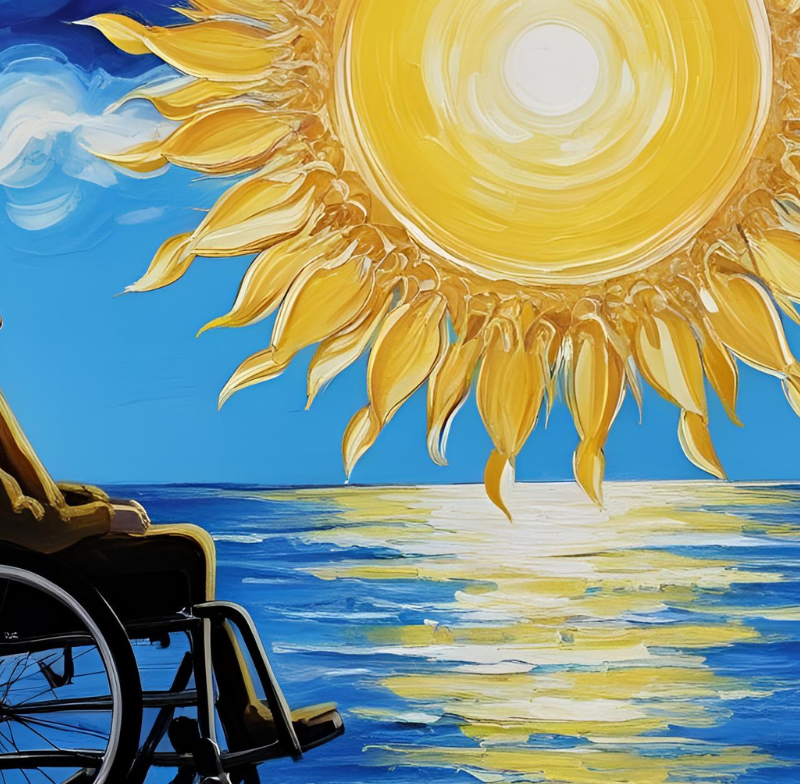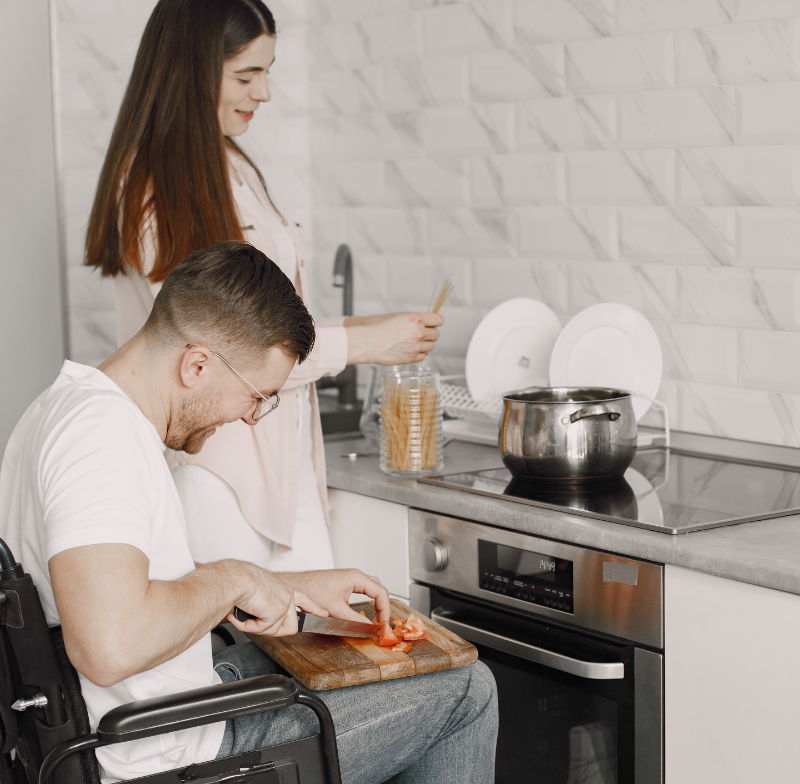Every year, as the days grow shorter and the evenings creep in earlier, I notice a shift in my mood. The summer brightness slowly gives way to grey skies, and with that change, my energy dips. For a long time, I thought it was just “winter blues,” but eventually I learned there’s a name for it: Seasonal Affective Disorder, or SAD. Understanding what was happening to me was the first step toward coping and, surprisingly, even finding joy during these darker months.
What Exactly Is Seasonal Affective Disorder?
Seasonal Affective Disorder is a type of depression that tends to follow a seasonal pattern. For most people (myself included), symptoms appear during autumn and winter when daylight hours shorten. It’s more than just feeling a bit gloomy on a rainy day. SAD can bring persistent low mood, loss of interest in things I normally enjoy, sleep changes, overeating or loss of appetite, and a sense of sluggishness that’s hard to shake. Scientists believe reduced exposure to sunlight affects the brain’s production of serotonin (which influences mood) and disrupts our internal body clock. In simple terms, less light equals less energy and more emotional fog.
How SAD Affects Daily Life
For me, SAD doesn’t hit like a sudden storm—it creeps in slowly. I start sleeping longer, but never feel rested. Simple tasks, like cooking dinner or replying to messages, feel like climbing a hill with weights on my ankles. My motivation to exercise drops, and I often find myself turning down social invitations just because I don’t have the emotional energy. Everyone experiences it differently, but common signs include fatigue, irritability, poor concentration, and a general sense that everything requires more effort than usual. If you recognise yourself in this, you’re not alone—SAD is surprisingly common, though often under-discussed.
When to Speak to Your GP
There’s a difference between having a few low days and experiencing SAD to the point that it affects your wellbeing. If your mood stays low for weeks, your sleep or appetite changes significantly, or you find daily life becoming overwhelming, it’s really important to talk to your GP. I remember feeling hesitant at first, worried I’d be dismissed. But my doctor was kind and understanding. They explained treatment options, including light therapy lamps, talking therapies, and sometimes medication. Seeking help doesn’t make you weak—it’s an act of self-care and strength. If you’re struggling, don’t wait until things feel unbearable; your GP can support you earlier.
Embracing the Indoors
One of the biggest shifts I made was changing how I viewed being indoors during winter. Instead of seeing it as confinement, I started treating it like a seasonal retreat. I create cosy corners with warm lighting, candles, soft blankets, and calming music. I’ve found that ambient lighting can make a huge difference—harsh overhead lights make me feel drained, but soft lamps mimic the golden hour glow that’s so soothing. I also keep my living space tidy because clutter tends to mirror how chaotic my mind feels. Small changes, like brewing spiced tea or playing an audiobook while cooking, help turn indoors into a comforting, nurturing space rather than something I’m trapped in.
Staying Active (Even When I Don’t Feel Like It)
Exercise is one of the hardest but most effective things for me during winter. When I’m tired and low, the last thing I want to do is move, but even a brisk 10-minute walk can lift my mood. I’ve learned not to aim for perfection. Some days I manage a full workout; other days I just stretch on the living room floor. Both count. Physical activity boosts endorphins, improves sleep, and helps regulate mood. I often set tiny, manageable goals—like “just put on your trainers”—because once I start, momentum usually follows. I also schedule my activity during daylight hours whenever possible to soak up precious natural light.
Connecting with Nature
Even on the dullest winter day, there’s something healing about being outside. I make a point of stepping outdoors daily, whether it’s a walk in the park, sitting by a lake, or just standing in the garden breathing in crisp air. Natural light, even when filtered through clouds, is still far brighter than indoor lighting, and it helps reset my body clock. I’ve noticed that if I spend too many days indoors without fresh air, my mood dips dramatically. So I bundle up, grab a warm drink, and make these little excursions part of my routine. Nature doesn’t solve everything, but it softens the edges of winter’s challenges.
Mindful and Social Connections
Winter can make me want to hibernate, but isolation usually makes my mood worse. Staying connected doesn’t have to mean going to big social events; sometimes it’s as simple as having a friend over for tea, texting someone I trust, or joining an online book club. I also try to practice mindfulness to stay grounded—short breathing exercises, guided meditations, or simply noticing the way my hands feel wrapped around a warm mug. Mindfulness helps break the cycle of negative thoughts that SAD can amplify. And human connection, even in small doses, reminds me that I’m not going through this alone.
Relaxing Without Guilt
One of the most valuable lessons I’ve learned is that rest isn’t laziness. During the darker months, my body and mind genuinely need more downtime. I used to feel guilty for curling up on the sofa with a blanket at 7 p.m., but now I see it as part of my winter rhythm. Relaxation techniques like warm baths, gentle yoga, calming music, or journaling help soothe my nervous system. I also limit endless scrolling on my phone, which tends to leave me feeling more anxious than relaxed. True relaxation is about replenishing energy, not just zoning out.
Practical Tips That Help Me Cope
Over the years, I’ve built a little toolkit that makes a real difference: I use a light therapy lamp in the mornings to simulate daylight, keep a regular sleep schedule, and eat balanced meals with plenty of fresh produce (even when comfort food is tempting). I plan small things to look forward to each week—like a Sunday brunch, a movie night, or visiting a market. These little sparks help break up the monotony and give me moments of joy to anchor my weeks.
Final Thoughts
Living with Seasonal Affective Disorder isn’t easy, and I won’t pretend I’ve mastered it perfectly. Some days are harder than others, and that’s okay. What’s changed for me is that I now recognise SAD for what it is and take proactive steps rather than waiting to be swept away by it. By embracing the indoors, staying active, connecting with nature, nurturing mindful and social connections, and allowing myself to relax, I’ve found ways to stay upbeat—even on the greyest days. If you’re struggling too, please remember you’re not alone, and reaching out for help can be the start of feeling better.
Discover more from The Blue Badge Blog
Subscribe to get the latest posts sent to your email.




Leave a Reply